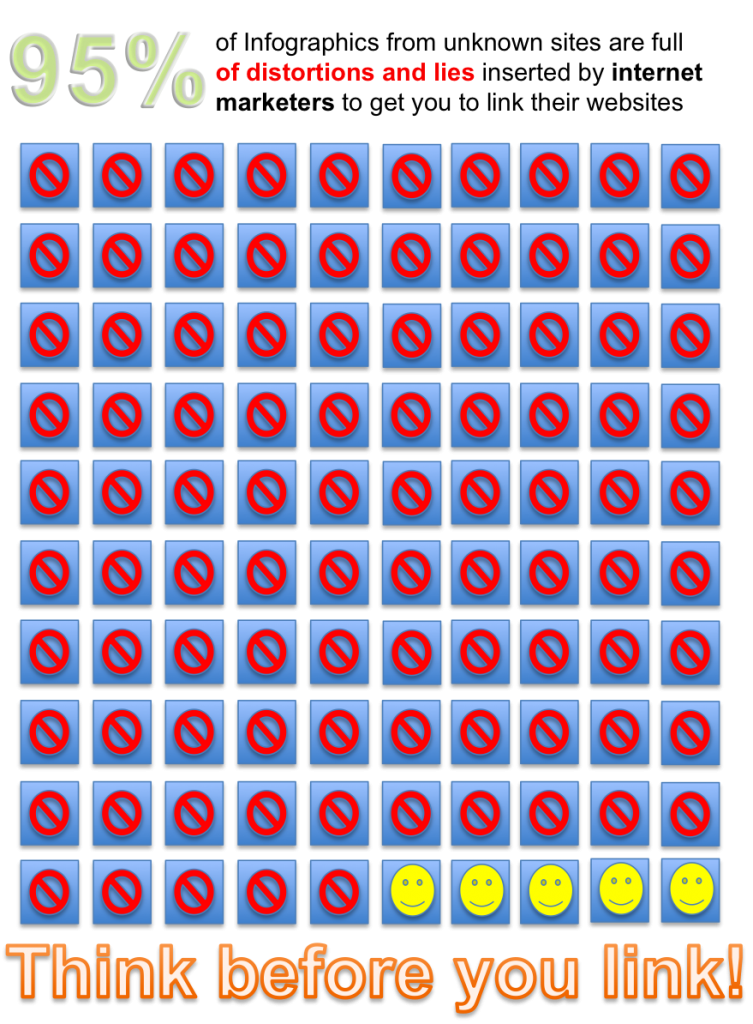January 4, 2012
Santorum is the “Spock with a beard” universe version of Ron Paul
Michael Tanner enumerates the Santorum attributes his evangelical conservative fans seem to find most attractive:
There is no doubt that Santorum is deeply conservative on social issues. He is ardently anti-abortion, even in cases of rape and incest, and no one takes a stronger stand against gay rights. In fact, with his comparison of gay sex to “man on dog” relationships, Santorum seldom even makes a pretense of tolerance. While that sort of rhetoric may play well in Iowa pulpits, it will be far less well received elsewhere in the nation.
[. . .]
Santorum’s voting record shows that he embraced George Bush–style “big-government conservatism.” For example, he supported the Medicare prescription-drug benefit and No Child Left Behind.
He never met an earmark that he didn’t like. In fact, it wasn’t just earmarks for his own state that he favored, which might be forgiven as pure electoral pragmatism, but earmarks for everyone, including the notorious “Bridge to Nowhere.” The quintessential Washington insider, he worked closely with Tom DeLay to set up the “K Street Project,” linking lobbyists with the GOP leadership.
He voted against NAFTA and has long opposed free trade. He backed higher tariffs on everything from steel to honey. He still supports an industrial policy with the government tilting the playing field toward manufacturing industries and picking winners and losers.
In fact, Santorum might be viewed as the mirror image of Ron Paul. If Ron Paul’s campaign has been based on the concept of simply having government leave us alone, Santorum rejects that entire concept. True liberty, he writes, is not “the freedom to be left alone,” but “the freedom to attend to one’s duties to God, to family, and to neighbors.” And he seems fully prepared to use the power of government to support his interpretation of those duties.
Infographics: big, eye-catching … and too often badly misleading
Megan McArdle’s year-end plea to stop the Infographic Plague:

If you look at these lovely, lying infographics, you will notice that they tend to have a few things in common:
- They are made by random sites without particularly obvious connection to the subject matter. Why is Creditloan.com making an infographic about the hourly workweek?
- Those sites, when examined, either have virtually no content at all, or are for things like debt consolidation — industries with low reputation where brand recognition, if it exists at all, is probably mostly negative.
- The sources for the data, if they are provided at all, tend to be in very small type at the bottom of the graphic, and instead of easy-to-type names of reports, they provide hard-to-type URLs which basically defeat all but the most determined checkers.
- The infographics tend to suggest that SOMETHING TERRIBLE IS HAPPENING IN THE US RIGHT NOW!!! the better to trigger your panic button and get you to spread the bad news BEFORE IT’S TOO LATE!
The infographics are being used to get unwitting bloggers to drive up their google search rankings. When they get a link from Forbes, or a blogger like Andrew Sullivan — who is like Patient Zero for many of these infographics — Google thinks they must be providing valuable information. Infographics are so good at getting this kind of attention that web marketing people spend a lot of time writing articles about how you can use them to boost your SEO (search engine optimization).
After a hopeful week, a disappointing finish in Iowa
Brian Doherty was covering the Iowa Caucuses for Hit & Run:
As you saw below here on Hit and Run, despite some pretty widespread hope and anticipation from both the media (a week ago and earlier tonight) and a lot of his eager fans and grassroots volunteers (until late tonight), Ron Paul failed to win, or even come in second. This was not, it seems (at least the failure to win part) a huge surprise to more higher-level campaign staff.
As a Ron Paul admirer since 1988, having the sweet hope of victory held over my head for a moment led to a frustrating and dispiriting night. But — while all discussions of “moods of the room” are suspect, based, as they must be, on long talks with what by necessity will be a narrow unscientific sampling of the room — I seemed to be perhaps the most bummed person at the Paul “victory party.” Even the many Iowans who started today expecting a win are still satisfied and eager footsoldiers in an ongoing Ron Paul Revolution.
Before the results poured in, I sat in on the caucus process in Precinct 5 in Ankeny, held in a high school gym about a mile from Paul’s state HQ. More than 200 people showed up. I didn’t stay long enough to see the official count. But the GOP precinct organizer — Ron Paul supporter Ross Witt — had the various candidates’ fans bunch up in separate parts of the gym to pick their spokespeople, vote watchers, and potential delegate candidates. When that happened, Paul’s crowd was the largest (and contained the only African-American in the room).
While I was sorry to see Ron Paul not win, I was much more alarmed at who came in second a bare handful of votes behind Romney. Santorum’s surge (yes, I know . . . “that’s disgusting”) puts the most authoritarian candidate back into the race in a big way. It might have been “Anyone But Romney” up to now, but I’d far prefer Romney get the nomination than quasi-totalitarian Santorum.
Yesterday on Twitter, there was a brief attempt to add a new disqualifier to Santorum’s name (aside from Dan Savage’s anal sex neologism) by tagging lots of Santorum-mentions with the hashtag #sexdungeon. It was amusing, but I suspect the folks who are most likely to vote for Santorum don’t have Twitter accounts.



